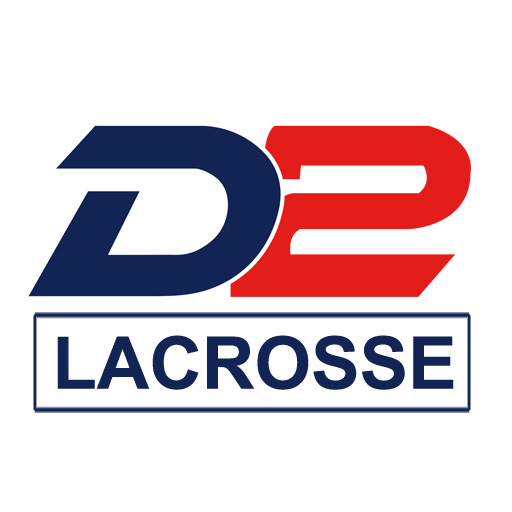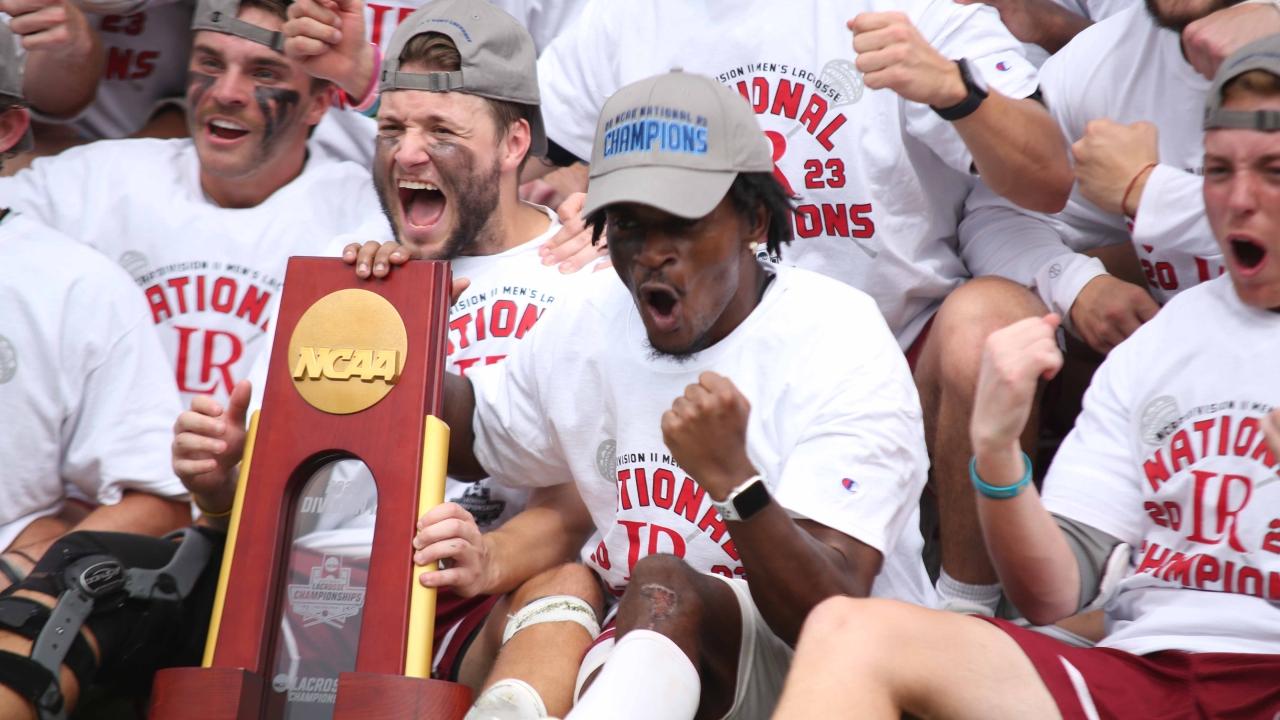Understanding the NCAA Transfer Portal

The NCAA Transfer Portal is an online database that allows student-athletes to declare their intent to transfer from one NCAA school to another. It was introduced in 2018 to streamline the transfer process and give athletes more control over their collegiate careers.
How It Works:
1. Entering the Portal – A student-athlete notifies their school’s compliance office of their intent to transfer. The school then has 48 hours to enter their name into the portal.
2. Recruitment – Once in the portal, the athlete can be contacted by coaches from other schools.
3. Decision Time – The athlete can choose a new school, remain at their current school, or withdraw from the portal.
4. Transfer Rules – Some athletes may have to sit out a season, while others (especially in Division I) can transfer and play immediately under the one-time transfer rule if they meet certain academic and eligibility criteria.
In NCAA lacrosse, the transfer portal follows general NCAA transfer rules, but there are some sport-specific factors to consider.
Key Transfer Rules for Lacrosse (Division I & II)
1. One-Time Transfer Rule (Division I)
• Players can transfer once without sitting out a season, as long as they:
• Are transferring to another Division I school.
• Maintain academic eligibility.
• Have not previously transferred.
• Notify their current school and enter the portal during designated transfer windows (more below).
2. Graduate Transfers
• Players who have earned their degree can transfer to another school without penalty, even if they have transferred before.
3. Transfer Windows (New as of 2023-24)
• 30-day window starts the Monday after Selection Sunday (May).
• Players must enter the portal within these windows to be immediately eligible the next season.
4. Non-Scholarship (Walk-On) Transfers
• Players who do not receive athletic aid can transfer without restrictions.
5. Division II & III Transfers
• Division II follows similar rules to Division I but without strict transfer windows.
• Division III has more flexibility, and players can transfer without needing to enter the portal officially.
Learn more about the NCAA Transfer Portal and how it may affect your recruiting opportunities.


